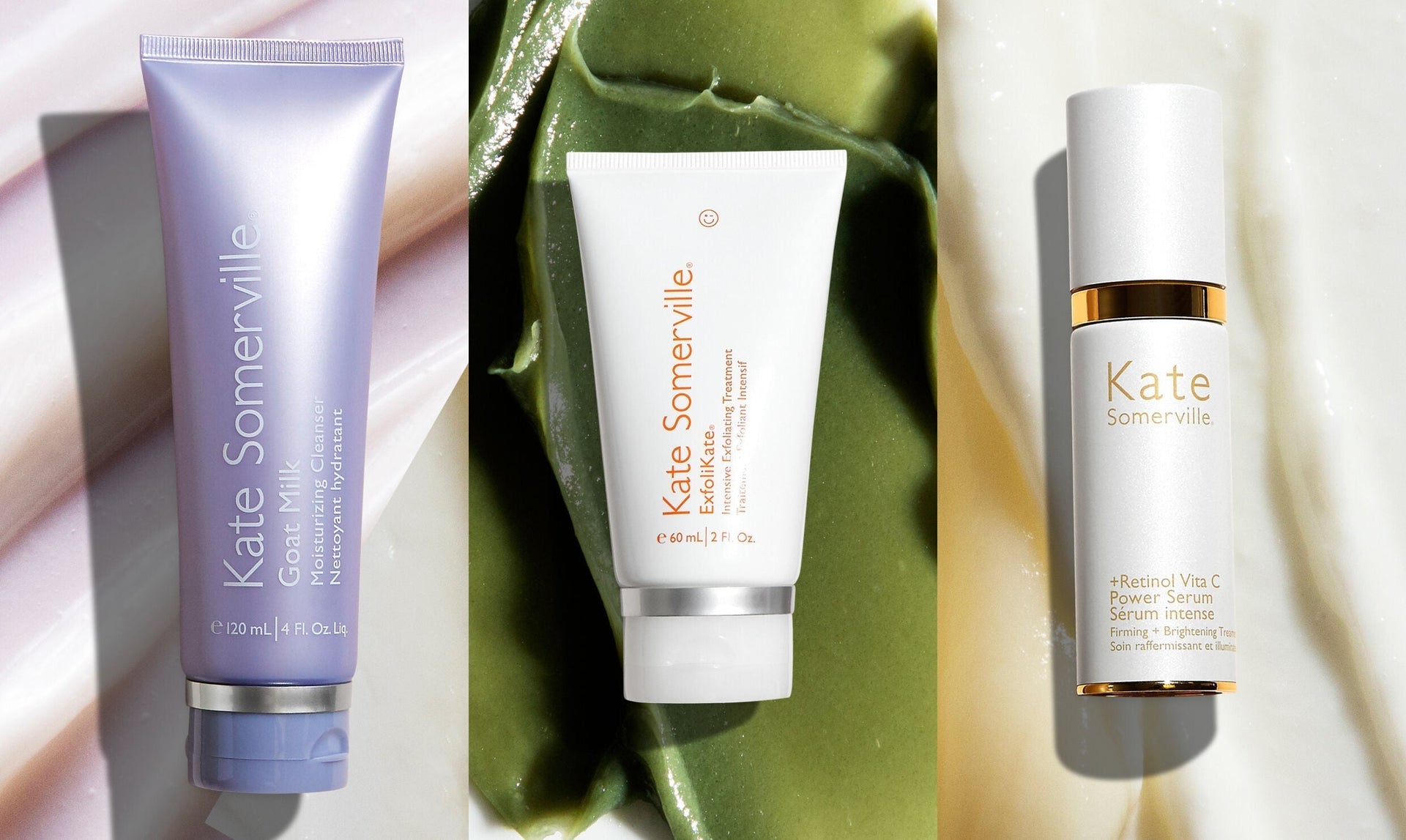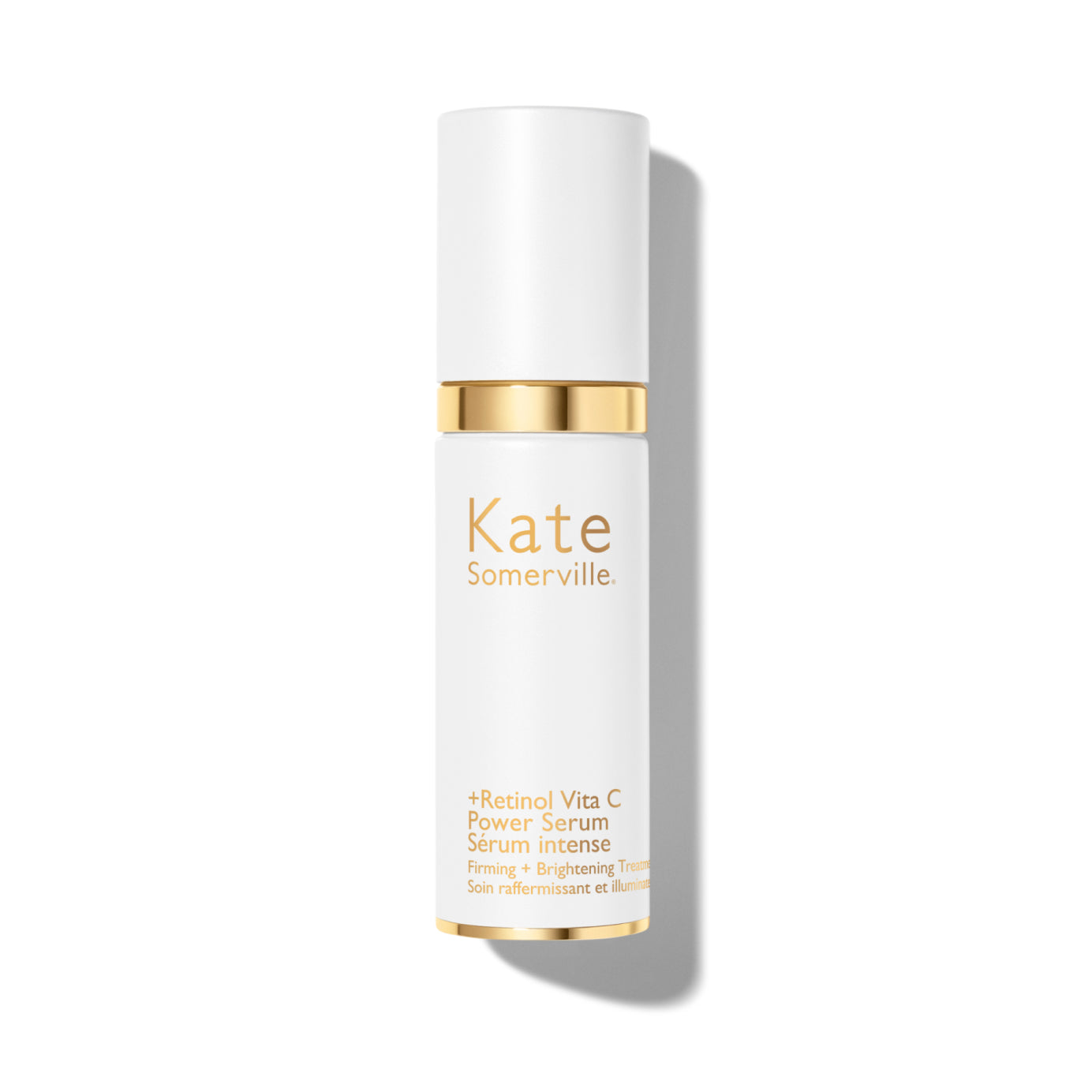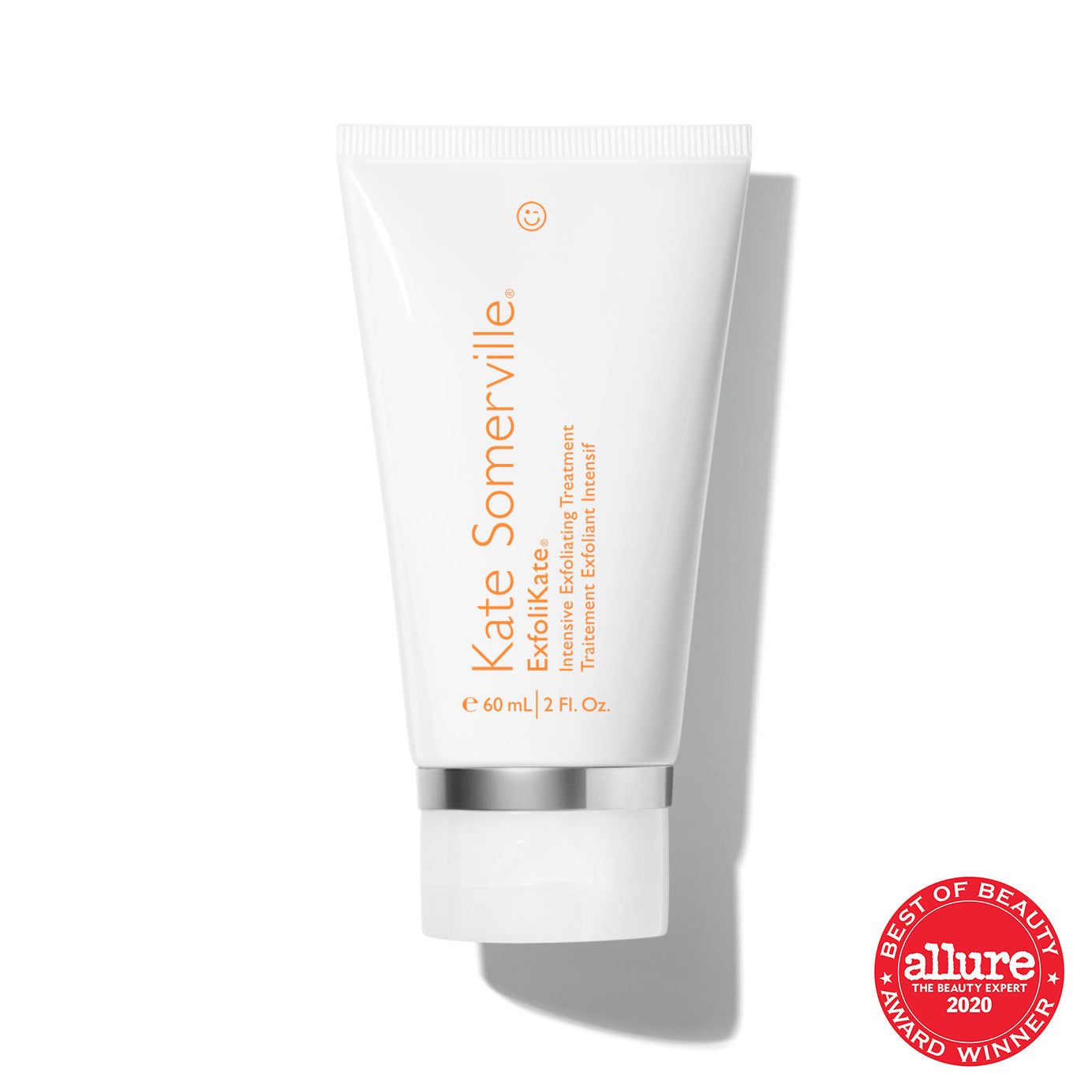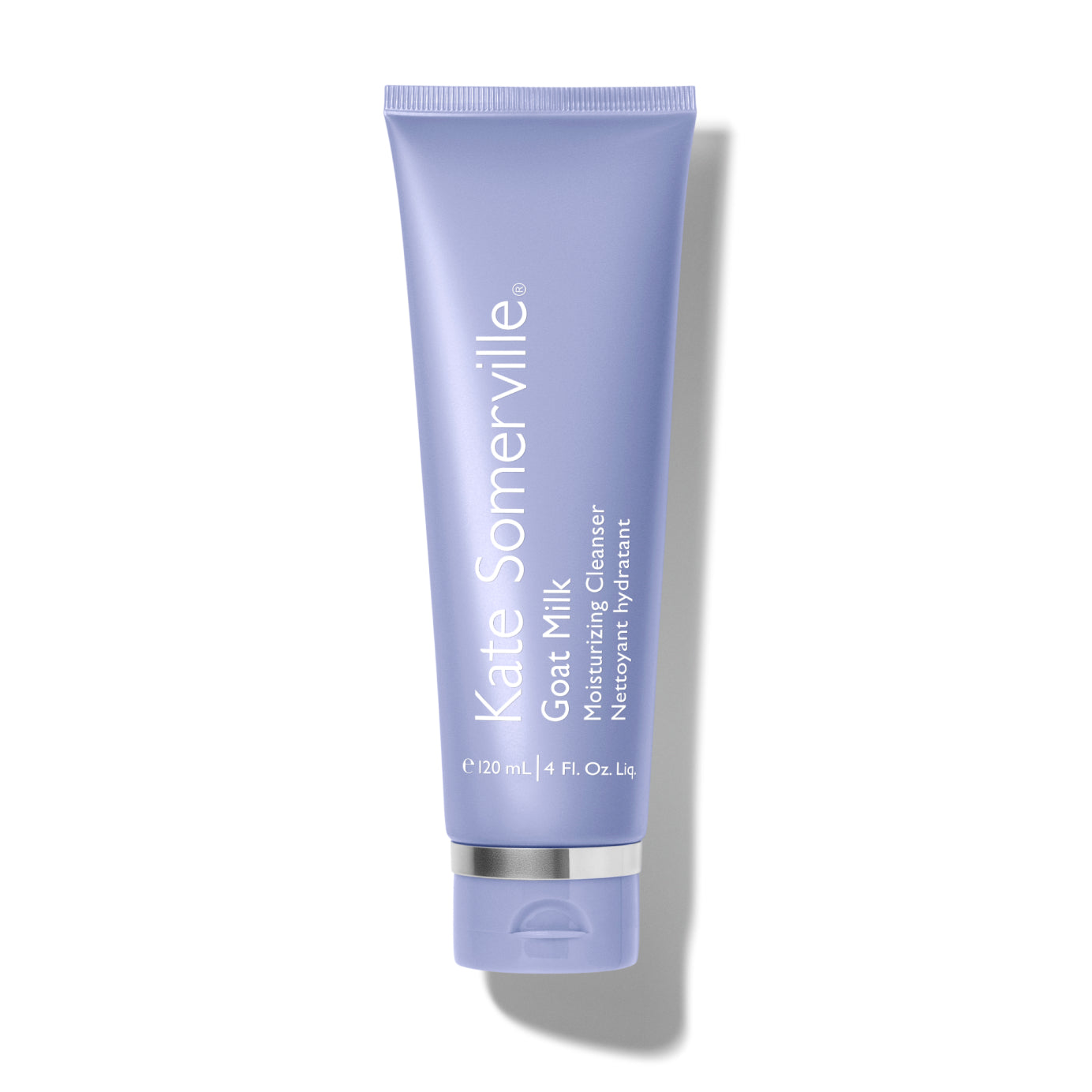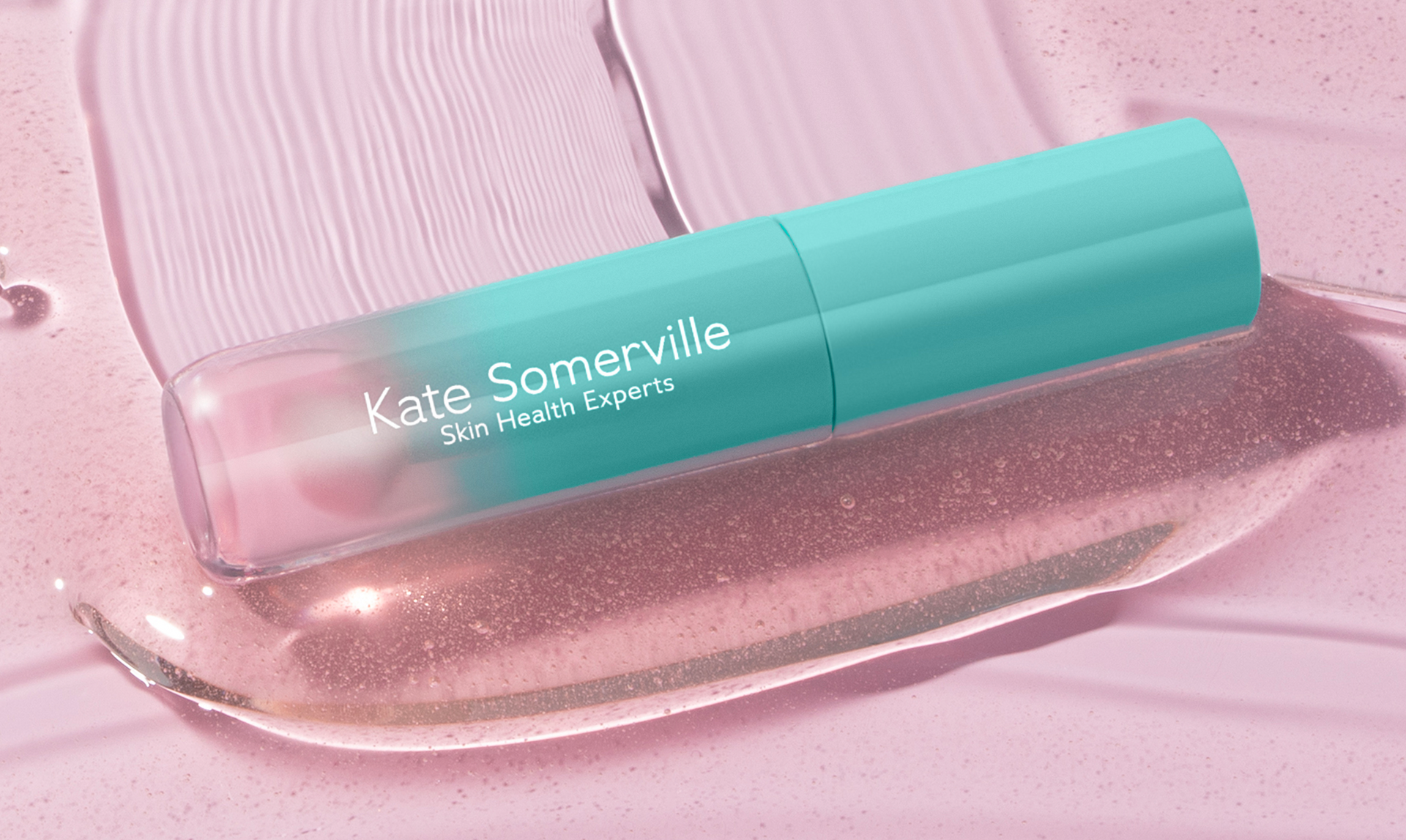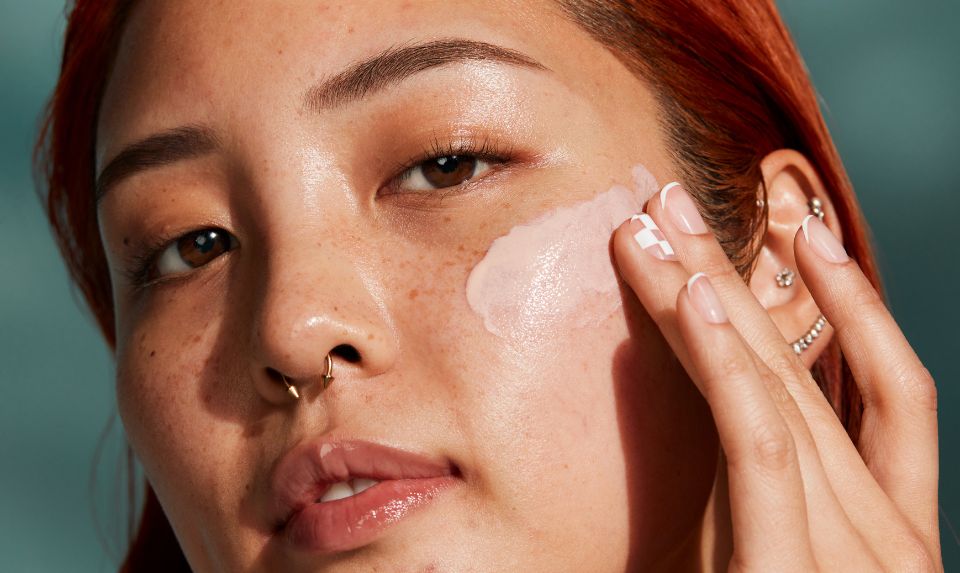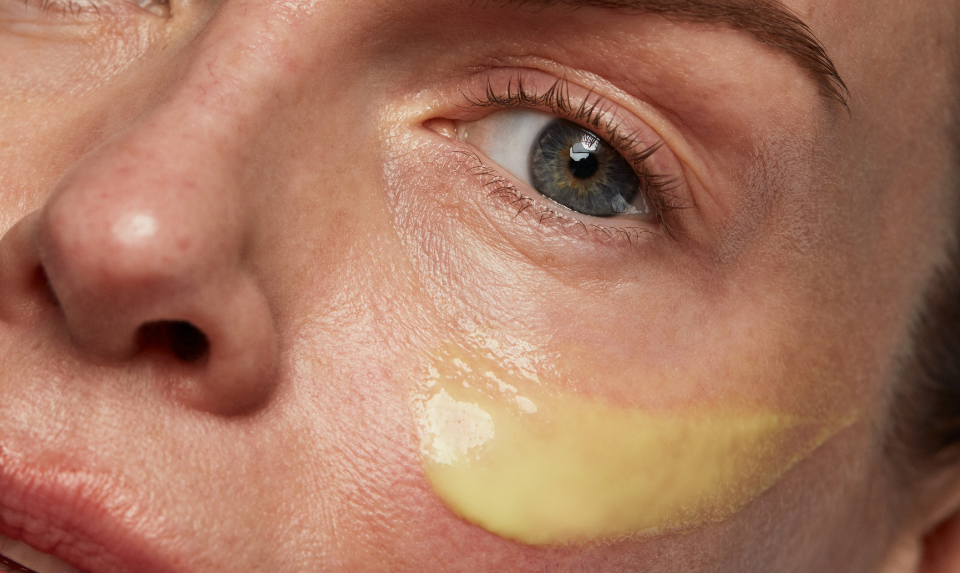Skin Purging: Does Acne Get Worse Before it Gets Better?
Starting a new acne treatment can feel like a fresh start—until your skin suddenly looks worse. Sound familiar? If you've noticed more breakouts just after beginning a new skincare routine, you might be experiencing something called skin purging.
While frustrating, purging is actually a sign that your products are working beneath the surface. Understanding why this happens—and how to manage it—can help you stay committed to your journey toward clear, healthy skin.
What is Skin Purging?
Skin purging is a temporary flare-up that happens when active ingredients speed up your skin’s natural exfoliation process. In simple terms, it’s your skin adjusting to a product that increases cell turnover.
As dead skin cells are shed more rapidly, clogged pores and trapped bacteria rise to the surface—leading to more visible breakouts before they clear. This is especially common when introducing new products that contain exfoliating ingredients.
The good news? Purging is a normal, short-lived reaction, and it often means the product is doing its job.
What Causes Skin Purging?
Certain ingredients are more likely to trigger purging because they stimulate cell turnover or unclog pores. These include:
-
Retinoids (like retinol or tretinoin)
-
Salicylic acid (BHA)
-
Benzoyl peroxide
-
Alpha hydroxy acids (AHAs) such as glycolic or lactic acid
These ingredients work by bringing clogged pores to the surface faster than your skin normally would—so it may look like things are getting worse before they improve.
For example, EradiKate 10% Sulfur Acne Treatment contains both sulfur and salicylic acid, two ingredients that deeply exfoliate and treat acne. Similarly, EradiKate 3% Sulfur Cleanser helps purify skin while gently promoting turnover—ideal for purging-prone complexions.
How to Tell if You’re Experiencing Skin Purging or a Breakout
It’s easy to confuse purging with a bad reaction or a new breakout. Here’s how to tell the difference:
-
Timing: Purging typically begins within the first 1–3 weeks of starting a new product and is confined to areas where you commonly break out.
-
Type of blemishes: Purging may appear as small whiteheads, blackheads, or mild inflammatory breakouts—not usually deep cysts or new acne types.
-
Duration: Breakouts from purging typically resolve within 4–6 weeks. If your skin worsens beyond that or new problem areas appear, it might not be purging.
If you’re unsure, it’s okay to pause use and reassess, especially if irritation or discomfort persists.
How Long Does Skin Purging Last?
Most purging episodes last about 4 to 6 weeks, which aligns with your skin’s natural renewal cycle. While it can be discouraging at first, patience is key—because once the purging ends, clearer, smoother skin often follows.
If breakouts persist beyond 6–8 weeks or worsen significantly, it may be time to adjust your routine or consult a dermatologist.
How to Manage Skin Purging Without Making it Worse
Use Active Ingredients as Directed
More is not better. Overusing acne treatments—especially during a purge—can dry out or irritate your skin. If you're experiencing sensitivity, try using actives like EradiKate Acne Spot Treatment or Antibac Lotion every other day, then build up gradually.
Cleanse Gently
Harsh cleansers can strip the skin and worsen inflammation. Choose a gentle formula like EradiKate 3% Sulfur Daily Foaming Cleanser, which fights acne-causing bacteria without disrupting your skin barrier.
Avoid Over-Exfoliating
It’s tempting to scrub away breakouts, but physical exfoliants and too many chemical actives can prolong irritation. Stick to one active exfoliant at a time and avoid layering acids.
Moisturize and Protect
Skin that’s purging still needs hydration. Choose a lightweight, non-comedogenic formula like Kate Somerville’s Oil Free Moisturizer to calm and rebalance the skin. During the day, always follow with SPF—try HydraKate Illuminating SPF 50+ Drops Sunscreen or UncompliKated SPF Soft Focus Makeup Setting Spray to protect skin without clogging pores.
Resist Picking or Squeezing Pimples
Tempting as it may be, picking can lead to scarring, prolonged healing, and even more breakouts. Let your skincare do the work—your future self will thank you.
When Should You Seek Professional Help?
While purging is usually manageable at home, it’s time to consult a dermatologist if:
-
You experience severe or painful inflammation
-
Symptoms persist beyond 6–8 weeks
-
You see breakouts in new areas or types of acne you’ve never had
-
You suspect an allergic reaction (burning, swelling, or severe redness)
Dermatologists can help fine-tune your regimen or prescribe stronger treatments if needed.
Why Stick with Your Skincare Routine?
Purging is frustrating—but it can also be a positive sign. Your products are bringing hidden congestion to the surface, and once that clears, you're often left with visibly smoother, clearer skin.
The key is consistency. Stick with your routine, avoid over-correcting, and trust that your skin is doing the work behind the scenes.
Kate Somerville Products Recommended for Managing Skin Purging and Acne
Support your skin through the purge with clinically developed solutions from Kate Somerville:
-
EradiKate Acne Spot Treatment – Powerful sulfur and salicylic acid to treat emerging blemishes
-
EradiKate 3% Sulfur Daily Foaming Cleanser – Gentle daily cleanser for acne-prone skin
-
Antibac Acne Clearing Lotion – Benzoyl peroxide lotion to help clear stubborn breakouts
-
EradiKate Acne Fading Gel – Fades lingering marks and redness after purging
Explore our full acne collection [link to acne PLP] to find a routine that supports your skin—now and long-term.
Frequently Asked Questions About Skin Purging
Is purging the same as irritation?
No. Irritation often involves burning, stinging, or peeling, and may require stopping the product. Purging is a breakout-like reaction localized to common acne areas and should resolve within weeks.
Can purging happen with all exfoliating products?
It’s most common with products that accelerate cell turnover—like retinoids, BHAs, AHAs, and certain acne treatments.
How do I know if I’m allergic or just purging?
If you experience swelling, itching, burning, or rash-like reactions, stop using the product and consult a healthcare provider. These are not signs of purging.
Can I use other products while my skin is purging?
Yes, but keep your routine simple. Focus on gentle cleansing, hydration, and sun protection, and avoid adding multiple new actives at once.
Embrace the Process for Clearer Skin
Skin purging can feel like a setback—but it’s often the first step toward progress. With the right products, a gentle approach, and a little patience, your glow-up is coming.
Let Kate Somerville’s Skin Health Experts help you navigate your purging period with confidence. Explore our acne products and build a skincare routine that supports your skin every step of the way.
